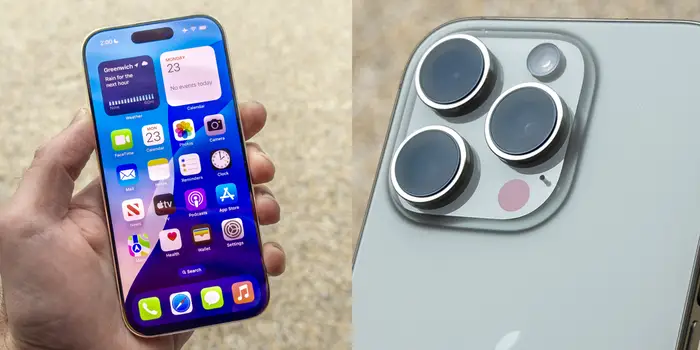Fourth generation wireless or (4G) is a short form of 4th generation of cellular wireless and substitutes the third generation broadband cell phone communications. This IMT-Enhanced cellular system is to strongly present the mobile service customers with bandwidth which is more than 100 Mbps, sufficient to sustain high quality multimedia content.

The normal standard for 4G, laid down via the radio sector of the (ITU-R) International Telecommunication Union, is symbolized the same as International Mobile Telecommunications Advanced (IMT-Advanced).
Accessible 3G technologies, often recognized as Pre-4G (like mobile WiMAX along with 3G LTE), are comparatively lesser than these bandwidth need.
These 4G standards aspire to be:
- Spectrally competent
- Offer superior quality of service (QoS)
- Supported on an all-IP packet-switched set-up
- Efficiently distribute network resources in a mobile
- Capably support even handover

Flawless mobility is not possible with offered wireless standards which are essential for the functioning of 4G communications. For this the employment of novel technologies like femtocell and picocell are required, which will tackle the wants of mobile customers where on earth they are and will liberate network resources for roaming customers or those who are residing in the remotest of areas.










